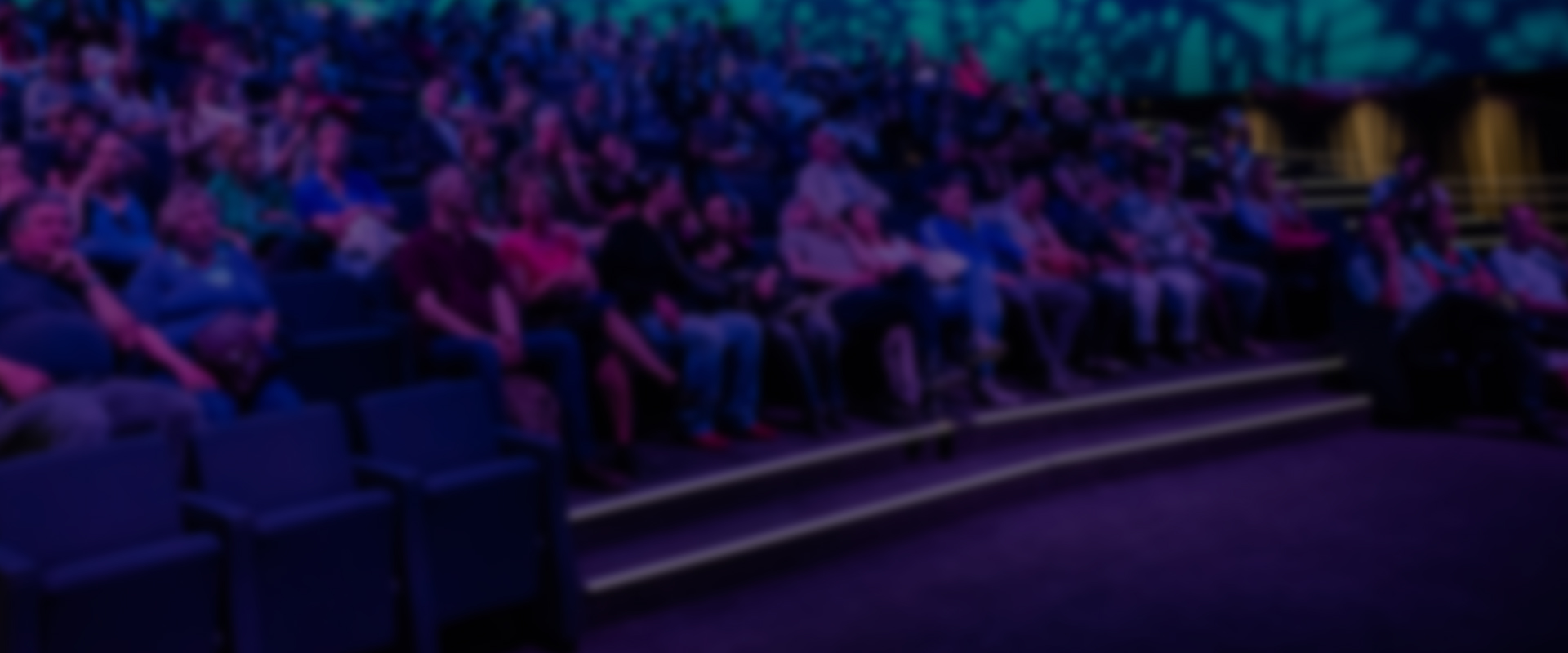What would be your advice to aspiring female researchers hoping for a future career in the headache field, possibly in a leading role?
Seek out a variety of mentors. Different individuals can offer different things to help you in your career. Network widely and widen your circle. Consider the individuals who you admire and think about what qualities set them apart – try to cultivate those things in yourself. When you have an opportunity to promote others, pay it forward.
You are the chair of the Women’s Issues Special Interest Section of the American Headache Society and a member of the International Headache Society’s Women’s Leadership Forum. Moreover, you have implemented career development activities for women in the migraine field. What motivated you to pursue these inspiring commitments?
It’s very important to me to help promote women in the field of headache medicine, and to do what I can help promote their careers. I am passionate about this. We know that there are gender disparities in medicine, and this contributes to burnout. By helping my women colleagues reach their career goals, I am helping to combat these things, and in a way, helping my own career and improve the field as well.

